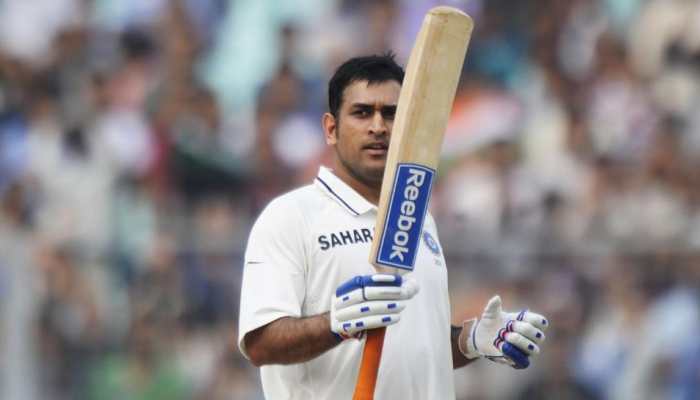India gears up to take all measures to expose China's nefarious designs at LAC
Prime Minister Narendra Modi's remark today that India wants peace but is capable of giving a befitting reply, if instigated also gave a tough message to China.
Trending Photos
New Delhi: Prime Minister Narendra Modi on Wednesday (June 17) decided to convene an all-party virtual meet on June 19 to discuss the situation on the India-China border, besides giving a clear message that the sacrifice of Indian soldiers killed in the Galwan Valley clash in Ladakh will not go in vain.
In the virtual meeting, PM Modi will get the opinion of all the parties and make them aware of the decisions of the government following the sacrifice of 20 Indian Army personnel including a Colonel in the clash with Chinese troops in the Galwan Valley in eastern Ladakh on Monday night.
The Prime Minister's remark today that India wants peace but is capable of giving a befitting reply, if instigated also gave a tough message to China. Prior to that, a round of important meetings on Sino-India border dispute were held. Defence Minister Rajnath Singh held a meeting with the Chiefs of the Army, Air Force, and Navy besides Chief Of Defence Staff General Bipin Rawat and then met the Prime Minister.
External Affairs Minister S Jaishankar and Chinese Foreign Minister Wang Yi spoke on phone today and discussed the prevailing situation in Eastern Ladakh following the bloody conflict between the armed forces of the two countries. Jaishankar conveyed a strong message to China, saying, “What happened in Galwan was premeditated and planned action by China which was responsible for the sequence of events.”
China's official newspaper Global Times, however, said that some people in India think that India's army is stronger than China's army, but this is a misconception and it is not practical. It also released a video claiming that China's military has recently conducted a war exercise on the high mountains, showing tanks, missiles, and long-range cannons.
Amid these developments, a US intelligence report today claimed that 35 Chinese soldiers have been killed or injured in violent clashes in the Galwan Valley.
China had made a promise a few days ago to retreat from Galwan Valley but broke its promise and committed the biggest betrayal with India after the 1962 war. This is evident from a satellite photo taken after the violent clash between India and China in Galwan Valley, showing about 200 vehicles of the Chinese army near the Line of Actual Control.
After the clashes, the militaries of China and India had agreed to retreat as both the countries had talked about reducing the tension in the area, but the pictures show that Chinese troops are still entrenched in the area.
The clashes reportedly took place when Indian Army personnel crossed the Galvan River to ascertain whether the Chinese troops have withdrawn as per the agreement, but Chinese soldiers launched their attack with stones, sticks, batons and iron rods. Many Indian soldiers fell into the Galvan River and 20 of them died due to injury and cold. China too suffered in this violent faceoff as reports say that at least 35 to 43 soldiers were killed.
The martyrdom of 20 Indian Army personnel in Galwan Valley has severely hit the Sino-India relationship. Since 2014, Prime Minister Narendra Modi and Chinese President Xi Jinping met each other nearly 18 times. PM Modi has so far visited China 5 times and is the first Indian Prime Minister to visit China so many times in the last 70 years.
Xi Jinping, who also visited India twice as President of China, is resorting to Creeping Forward Policy to become the world's supreme leader. Under this policy, China occupies the land of a country and withdraws from previous agreements. China's action looks like that of an international land mafia to expand its influence through this policy.
Notably, the Galvan Valley holds a great significance for India. If China does not retreat, then Pakistan and China will come very close to each other through territorial nearness and would pose greater dangers for India.
Experts believe that about 60 percent of the land that China currently has, it never owned it. China expanded its territory by trespassing into lands of Mongolia, Tibet, Eastern Turkistan, and Inner Manchuria. After the 1962 war, it has also occupied some Indian territory and later Pakistan handed over some of its areas to China. Of late, China's diplomatic talks of 'One China Policy' put its claim over territories from Tibet to Taiwan and Hong Kong.
This One China Policy, under the tenure of President Xi Jinping, has covered a long distance. With its financial and military prowess, China wants to dominate those countries which have been away from its clutches. The faceoff with India appears to be part of China's strategy to convey the message to the world that if it can scare India, the smaller nations will hardly be able to stand before it. This analysis is based on DNA's conversation with Rameshwar Rai, former Director-General of Assam Rifles.
Stay informed on all the latest news, real-time breaking news updates, and follow all the important headlines in india news and world News on Zee News.
Live Tv







)
)
)
)
)
)
)
)
)
)
